Global study shows uneven urbanization among large cities in the last two decades
Green Car Congress
JANUARY 7, 2021
Due to the rapid economic growth in the study period, China invested a large amount of resources into infrastructure construction for advancing the urban living environment. Of the 841 cities studied, 325 showed significant greening with more than 10% of greening BUAs. billion and the urban population was 4.2

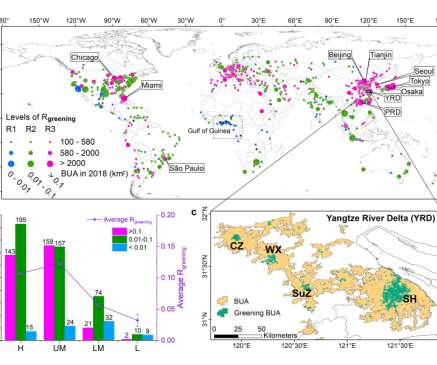
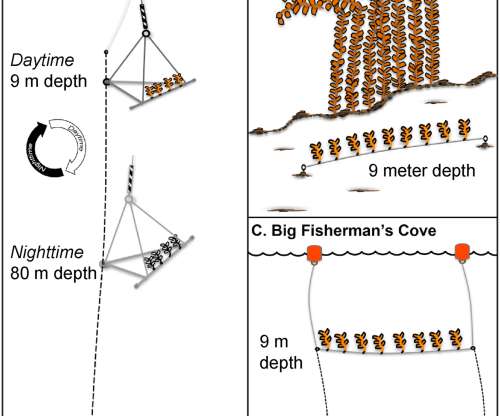

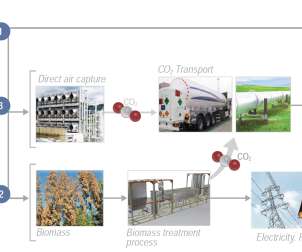

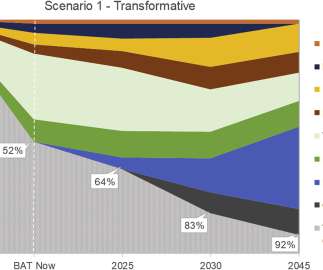
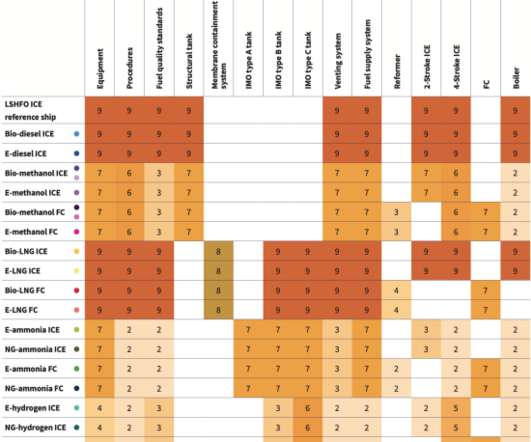
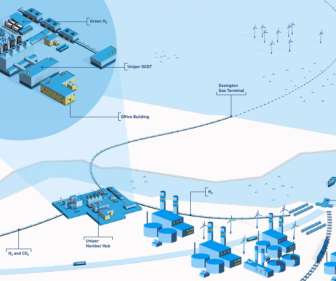

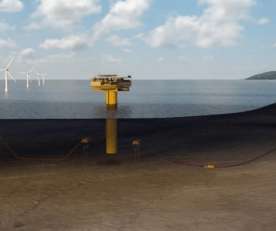


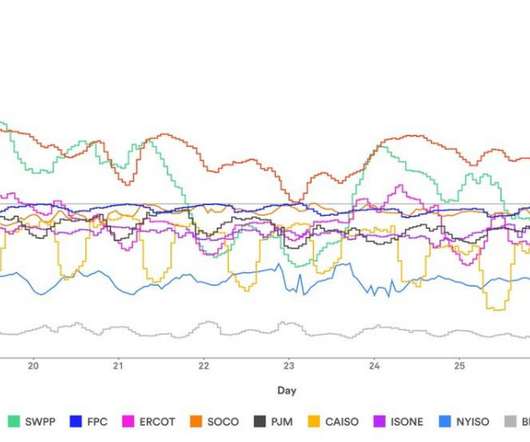

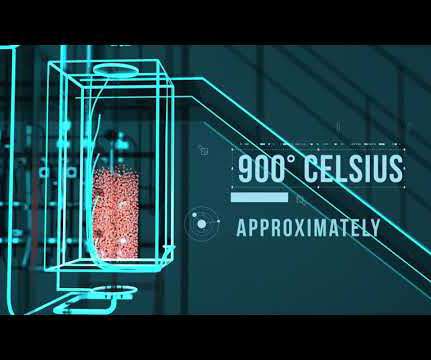
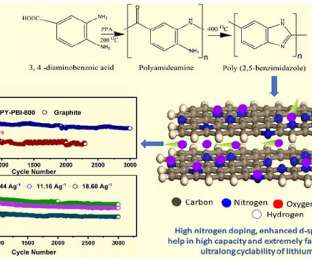


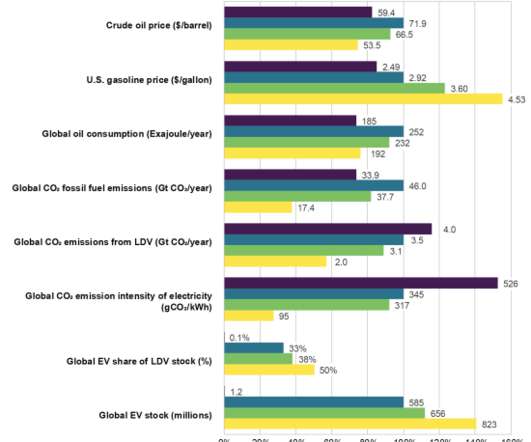










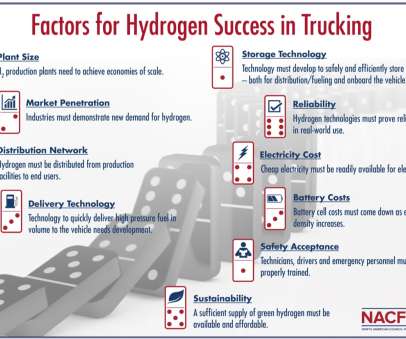


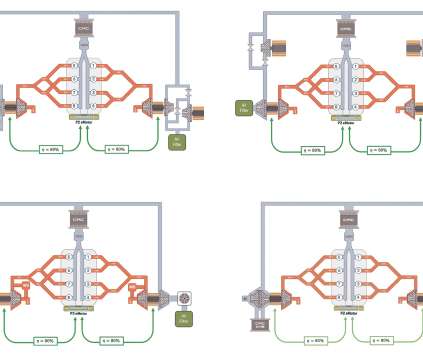










Let's personalize your content